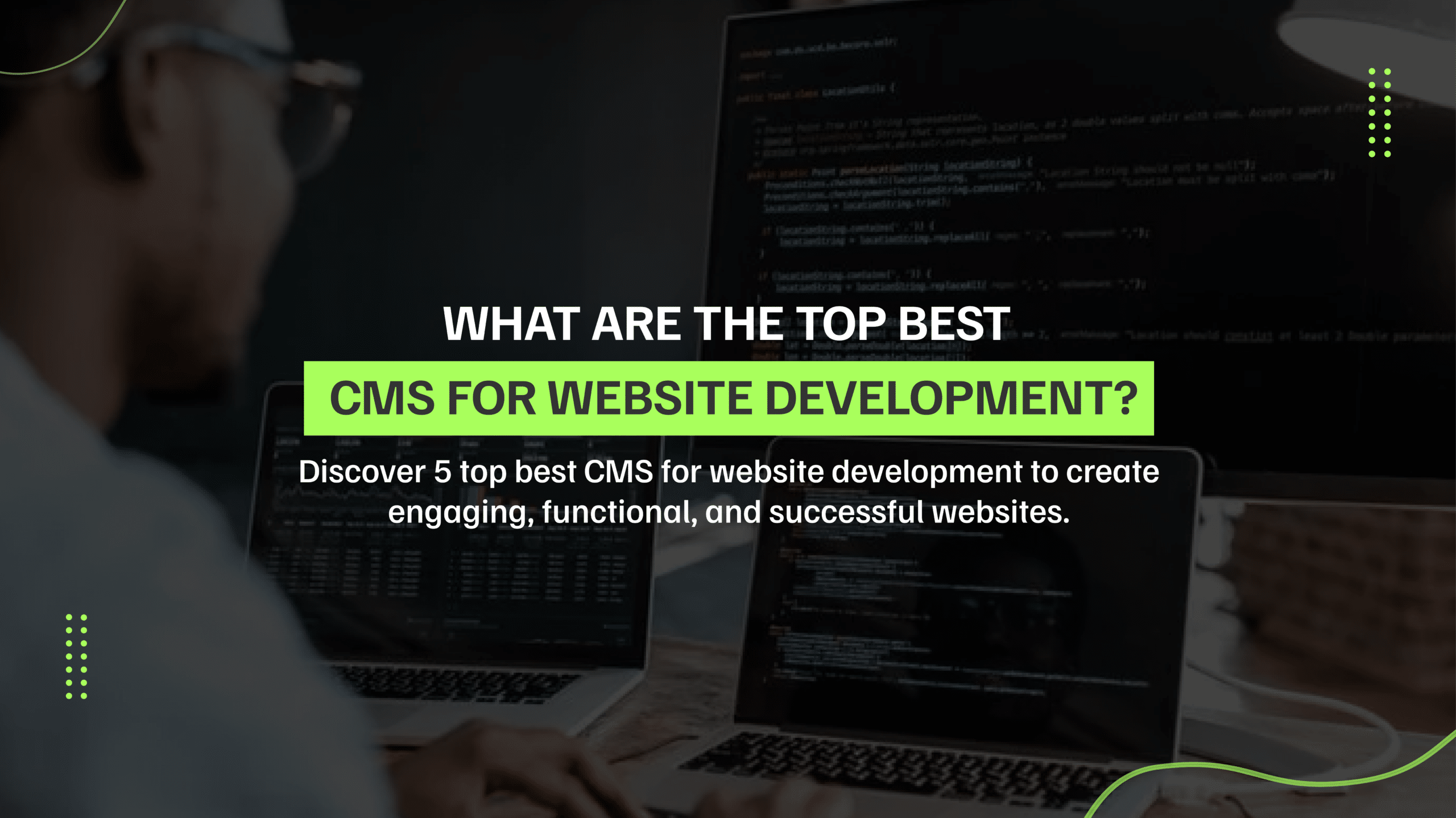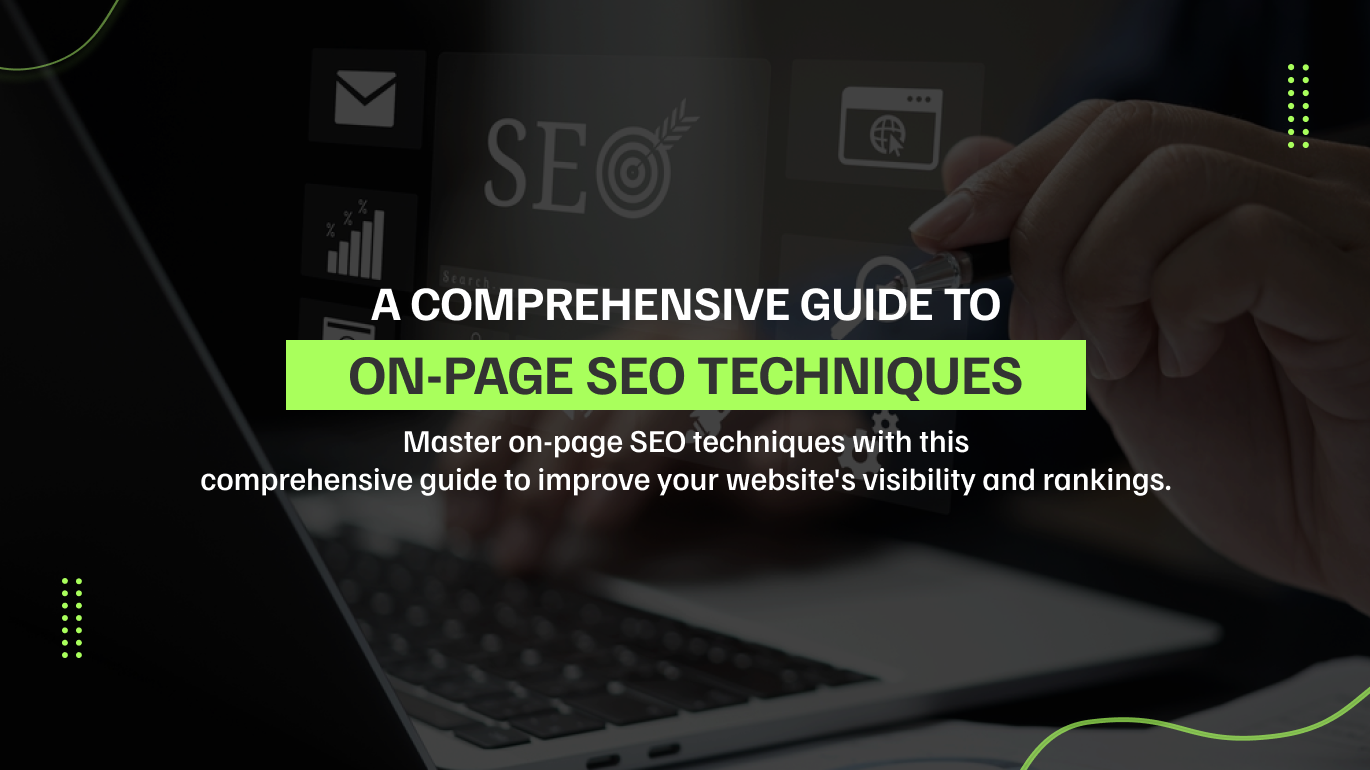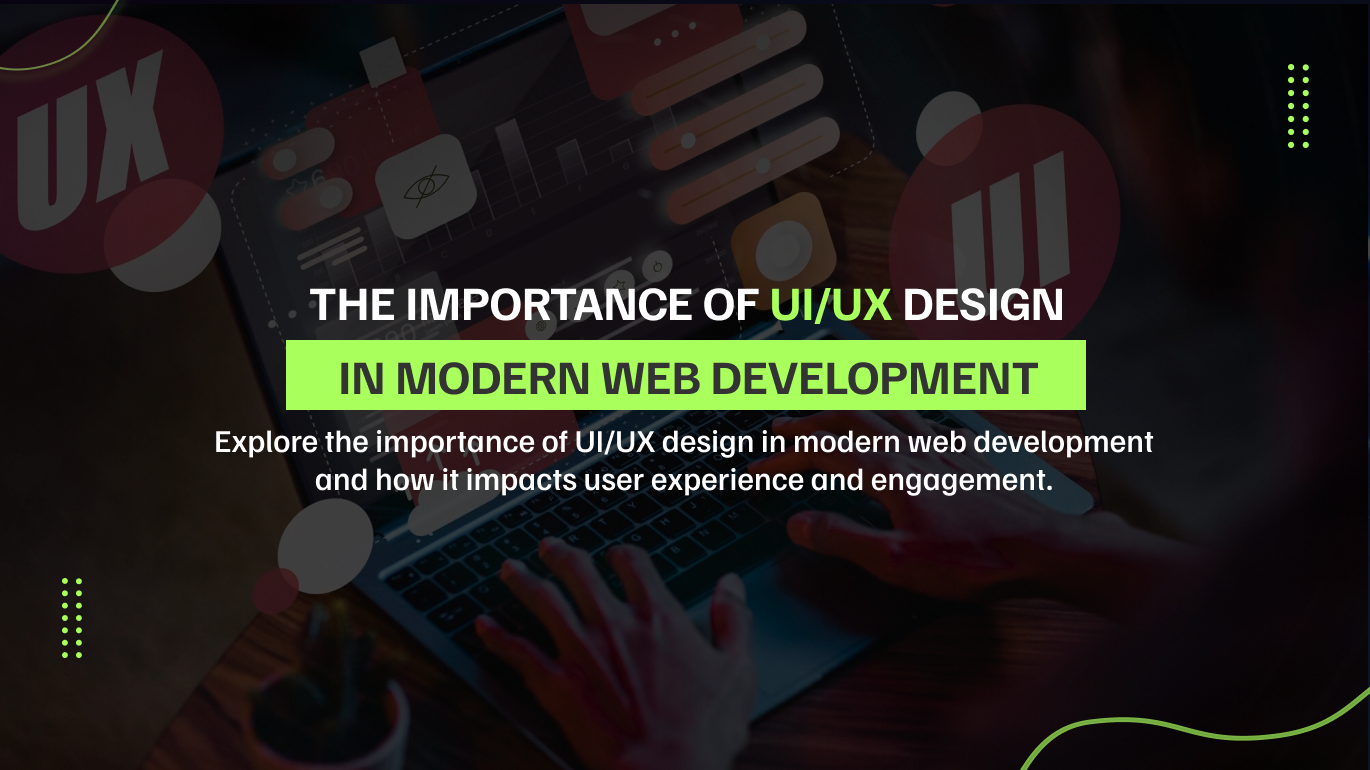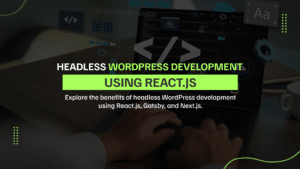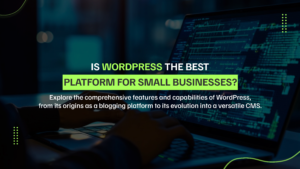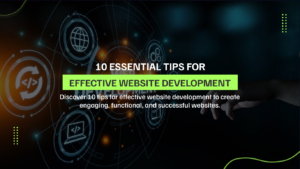What is CMS?
A content management system (CMS) is an application that is used to manage content, allowing multiple users to create, edit and publish. Content in a CMS is typically stored in a database and displayed in a presentation layer based on a set of different templates like a website.
Why do we use CMS?
Content Management Systems (CMS) are widely used for a variety of reasons:
- CMS platforms are designed to be user-friendly, allowing non-technical users to create, edit, and manage content without needing to write code.
- They enable multiple users to collaborate on content creation and management, often providing tools for workflow management, version control, and permissions.
- A CMS streamlines the content creation and publishing process, making it faster to update websites and manage large volumes of content.
- As a website grows, a CMS can easily handle increased content and traffic, making it suitable for both small and large websites.
- Many CMS platforms come with built-in SEO tools and features that help optimize content for search engines, improving visibility and rankings.
- CMS platforms are often highly customizable, allowing users to change the design, functionality, and features through themes, plugins, and extensions.
- Reputable CMS platforms regularly update their software to address security vulnerabilities, helping to protect websites from attacks.
- Using a CMS can reduce the cost of web development and maintenance since it allows in-house teams to manage the site without extensive reliance on developers.
Try it out today!
Let me know what you’re looking for, i’ll build it for you? Click Now to Contact Us our New developers.
What are the top 5 CMS for website development?
- WordPress
- Joomla
- Drupal
- Shopify
- wix
1. WordPress
WordPress is a website content management system. It was originally created as a tool to publish blogs but has developed to support publishing other web content, including more traditional websites, mailing lists and Internet forums, media galleries, membership sites, learning management systems, and online stores. It is Ideal for Blogs, business websites, e-commerce (with WooCommerce), and portfolios.
Pros:
- User-friendly interface.
- Extensive plugin ecosystem.
- Highly customizable with themes and plugins.
- Large community support.
Cons:
- Popularity makes it a target for hackers. Regular updates and security plugins are essential.
- Requires regular updates to the core software, themes, and plugins.
Pricing:
Free with paid options for premium themes, plugins, and hosting.
2. Joomla
Joomla is a free and open-source content management system for publishing web content on websites. Web content applications including discussion forums, photo galleries, e-Commerce and user communities, and numerous other web-based applications. It is Ideal for Social networks, e-commerce, complex websites.
Pros:
- Flexible and powerful
- Built-in multilingual support.
- Advanced user management.
Cons:
- Steeper learning curve.
- More complex to learn and use than WordPress.
- Fewer themes and plugins compared to WordPress.
Pricing:
Free with paid options for premium extensions and templates.
3. Drupal
Drupal is a free and open-source web content management system written in PHP and distributed under the General Public License. This is Ideal for business websites, government websites, large-scale projects.
Pros:
- Extremely flexible and customizable
- High security standards
- Excellent for large and complex websites
Cons:
- Steep learning curve, requires technical expertise.
- Higher development and maintenance costs.
Pricing:
Free with paid options for premium modules and themes.
4. Magento
Magento is also an open-source e-commerce platform written in PHP. Magento source code is distributed under Open Software License (OSL). It was acquired by Adobe Inc in May 2018 for $1.68 billion. More than 150,000 online digital stores have been created on the platform. This is Ideal for Large e-commerce websites.
Pros:
- Powerful e-commerce features
- Highly customizable
- Scalable for large stores
Cons:
- Steep Learning Curve: Requires technical expertise to set up, customize, and manage.
- Developer Dependence: Often requires hiring experienced Magento developers for customizations and maintenance.
- Resource-Intensive: Can be resource-heavy, necessitating optimized hosting environments and proper configuration.
- Speed: Without proper optimization, it can be slower compared to lighter e-commerce platforms.
Pricing:
Higher development and customization costs compared to simpler platforms.Hosting Costs: Requires powerful hosting solutions, which can be more expensive.
5.Shopify
Shopify is the leading CMS for e-commerce websites Features. Comprehensive e-commerce tools, easy-to-use interface, secure and reliable, excellent support. Very user-friendly, designed for users with no technical skills. Offers many themes and apps to customize the store.This is Ideal for Small to medium e-commerce websites.
Pros:
- Easy to use and set up
- Hosted solution (no need to worry about hosting)
- Excellent customer support
Cons:
- Less flexible than open-source CMS platforms.
- Reliance on Shopify’s platform and ecosystem.
Pricing:
Monthly subscription fees, plus transaction fees for payments.
6. Concrete CMS
This CMS is an open-source content management system for publishing content on the World Wide Web and intranets. Concrete CMS is designed for ease of use, for users with a minimum of technical skills. It enables users to edit site content directly from the page. This is Ideal for Small business websites, portfolios, blogs.
pros:
- Beautiful design templates
- All-in-one platform (hosting included)
- Easy to use with a drag-and-drop interface
Cons:
- Learning Curve for Advanced Features
- Limited Themes and Add-ons
- Performance
Pricing:
The pricing remains competitive due to its open-source nature, but additional costs for hosting, premium themes, add-ons, and custom development should be considered.
7. Grave
Grav is a free software, self-hosted content management system (CMS) written in the PHP programming language and based on the Symfony web application framework. It uses a flat file database for both backend and frontend. Grav is designed to have a shallow learning curve, and to be easy to set up. This is Ideal for Small business websites, personal blogs, portfolios.
Pros:
- Flat-file CMS (no database needed)
- Fast and lightweight
- Flexible and customizable
Cons:
- Learning Curve for Non-Technical Users
- Limited Community and Marketplace
- Limited Out-of-the-Box Features
Pricing:
Since Grav is a flat-file CMS, it can be hosted on almost any web server. Hosting costs will vary based on the provider and the specific needs of your site. Basic shared hosting plans might start around $5-$10 per month, while more robust hosting solutions for larger sites can cost more.
While many themes and plugins are free, some premium options are available. Prices for premium themes and plugins can vary, typically ranging from $10 to $50 or more.
If you require custom themes, plugins, or other development work, you may need to hire a developer. Rates for developers can vary widely based on experience and location, but you might expect to pay anywhere from $50 to $150 per hour or more for professional services.
Grav offers professional support and services through their partners. Pricing for these services will vary depending on the level of support and the specific needs of your project.
8. TYPO3
TYPO3 is a Web Content management system written in the programming language. It is able to run on different web servers, such as Apache, Nginx, or Internet Information Services, and on many operating systems, including Linux, Microsoft Windows, FreeBSD, macOS, and OS/2.
Pros:
- Highly customizable and flexible
- Robust for large, complex websites
- Multilingual support out of the box
Cons:
TYPO3 is a strong and flexible CMS ideal for large, complex websites that require extensive customization and scalability. However, its scarped learning curve, resource-intensive nature, and higher costs for hosting, development, and maintenance make it more suitable for enterprises or organizations with the necessary technical expertise and budget. For simpler projects or users with limited technical skills, a more user-friendly CMS like WordPress or Joomla might be more appropriate.
Pricing:
Cost: Due to its resource-intensive nature, TYPO3 often requires more robust and, consequently, more expensive hosting solutions. Hosting costs can start at around $10-$20 per month for basic plans but can increase significantly for high-performance or enterprise-level hosting.
Free and Paid Options: While many extensions and themes are free, premium options are also available. The prices for premium extensions and themes can vary widely, typically ranging from $20 to several hundred dollars, depending on complexity and functionality.
Developer Costs: Hiring a TYPO3 developer for custom themes, extensions, or other development work can be expensive. Developer rates can vary but typically range from $50 to $150 per hour or more, depending on experience and location.
Due to its complexity, the initial setup and configuration of a TYPO3 site may require professional assistance, adding to the overall cost.
Ongoing Maintenance: Regular updates and maintenance are essential for security and performance, which may require ongoing developer support.
TYPO3 offers professional support and services through certified partners, with pricing varying based on the level of support required.
FAQS
When choosing a CMS, consider the following FAQs
How user-friendly is the CMS?
A CMS provides a user-friendly interface that allows non-technical users to easily create, edit, and publish content without requiring HTML, CSS, or Javascript programming languages knowledge.
Can you customize the design and functionality?
- Using a CMS allows website customization without the need for coding knowledge.
- CMS customization can increase the visual design of a website, including layout, colors, fonts, and images.
- CMS customization can improve website functionality by optimizing loading speed, responsiveness, and with the addition of interactive elements.
- Customizing a website with a CMS can improve user expertise by streamlining navigation, optimizing loading times, and increasing engagement.
Will the CMS grow with your website?
Website builders and content management systems (CMS) are popular site creation tools. These platforms let you create all types of websites, from personal blogs to digital stores. While similar, they suit a variety of user needs due to several factors, such as scalability and customization.
